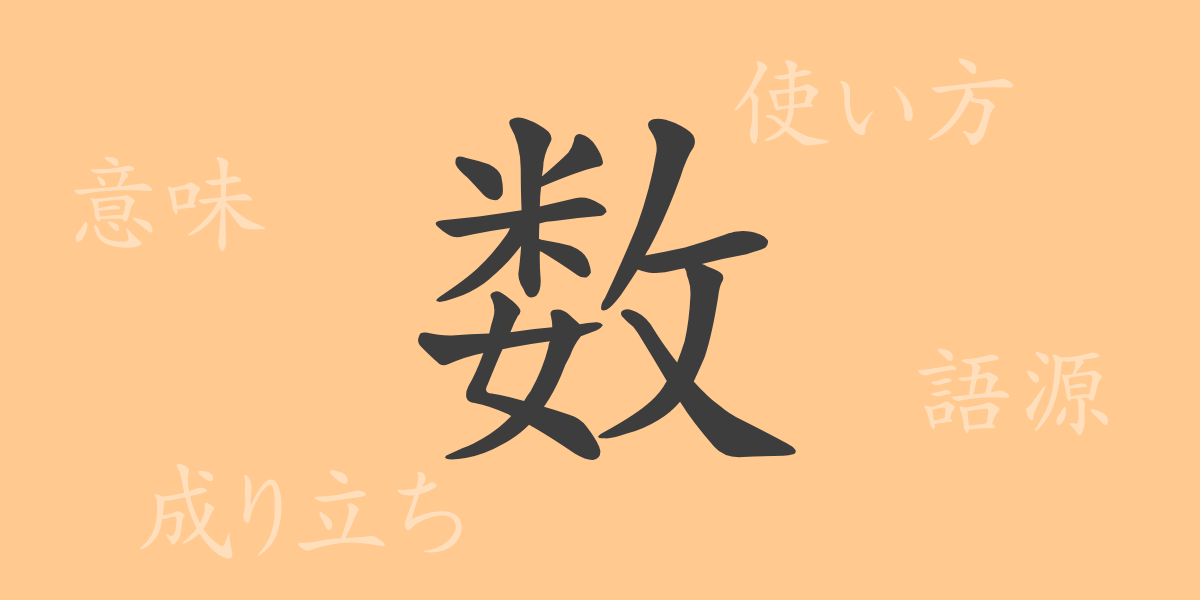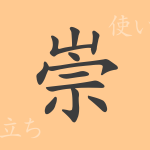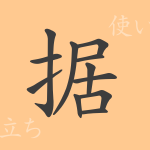The Japanese kanji ‘数’ (スウ) is deeply ingrained in daily life, serving as a fundamental character frequently used across various contexts. This article will delve into the origins, meanings, uses, and cultural significance of ‘数’, exploring its extensive application from casual conversations to business and educational settings.
Origins of 数
The kanji ‘数’ originated from the act of counting, depicted in ancient Chinese script by bundled counting rods. Over time, this pictograph evolved into the modern ‘数’, becoming essential for indicating numbers and calculations. In Japan, ‘数’ has been used since ancient times, symbolizing its longstanding role in mathematics and quantitative expression.
Meaning and Usage of 数
‘数’ primarily means ‘to count’ or ‘number’, used extensively in contexts involving quantification or mathematical operations. It also appears in verbs like ‘かぞえる’ (to count), and can denote a multitude in phrases like ‘数多くの’ (many or numerous), showcasing its versatility in abstract and concrete applications.
Readings, Stroke Count, and Radical of 数
The character ‘数’ is rich in linguistic features, including multiple readings and a significant composition:
- Readings: On’yomi ‘スウ’, Kun’yomi ‘かず’, ‘かぞ.える’.
- Stroke Count: 13 strokes.
- Radical: ‘攵’ (ぼくづくり), associated with actions or tasks.
Phrases and Idioms Using 数
‘数’ appears in various idioms and phrases that reflect the depth of Japanese language and culture:
- 数え年 (かぞえとし): A traditional method of age counting where the year of birth counts as one.
- 数の子 (かずのこ): Herring roe, considered a celebratory food especially during New Year festivities.
- 数を尽くす(かずをつくす): To try every possible means.
- 数知れず(かずしれず): Innumerable, too many to count.
- 数合わせ(かずあわせ): Filling numbers merely to meet requirements, often without regard to individual qualifications.
These expressions are intricately linked to Japanese life and values, playing a crucial role in conveying cultural nuances through language.
Conclusion on 数
The kanji ‘数’ is indispensable in our lives, encapsulating a rich history of use from its origins to modern applications. Its evolution, meanings, uses, and cultural significance make ‘数’ a symbol of the beauty and functionality of the Japanese language. Each encounter with ‘数’ in daily life invites us to appreciate its deep historical and cultural roots.

























